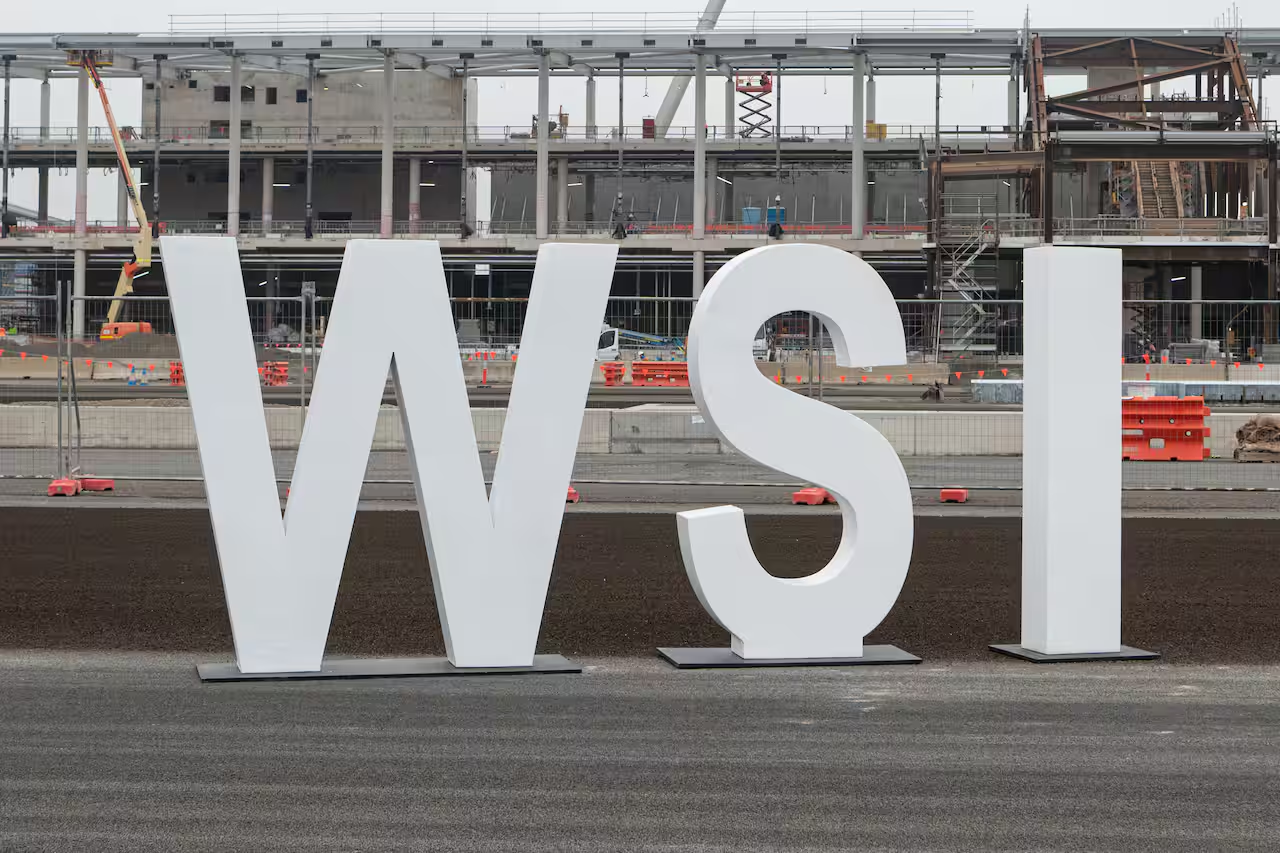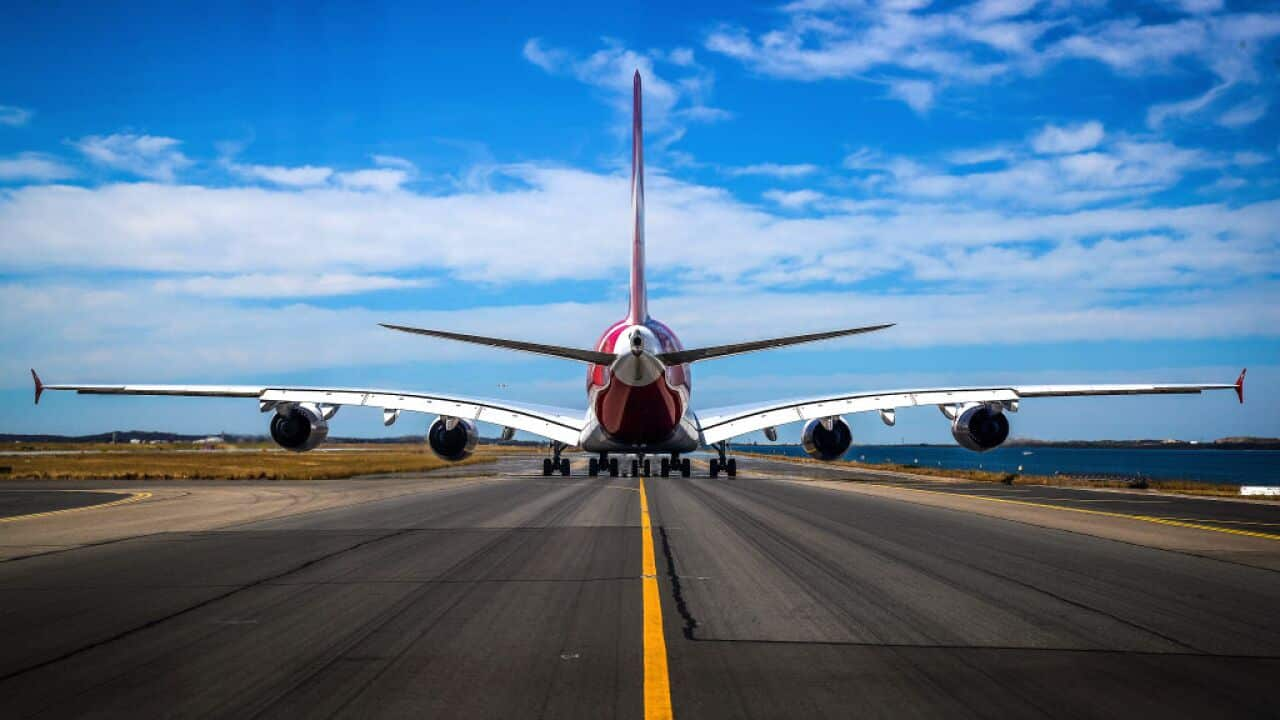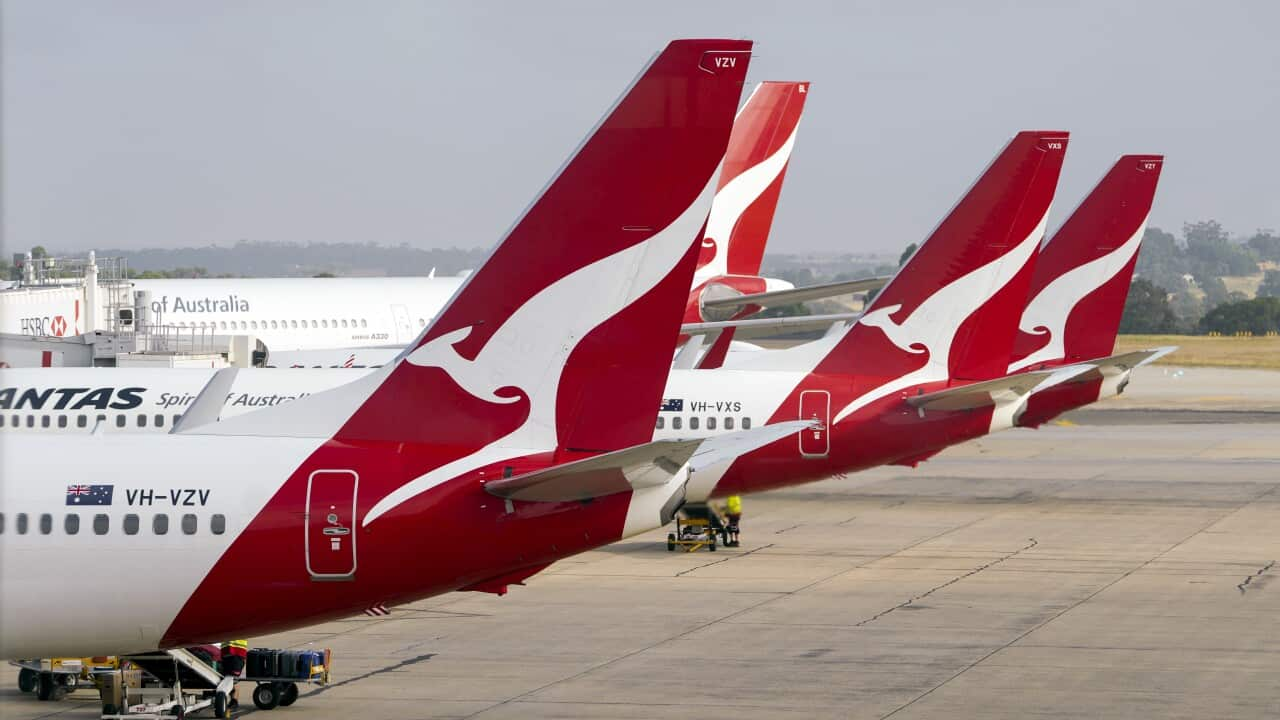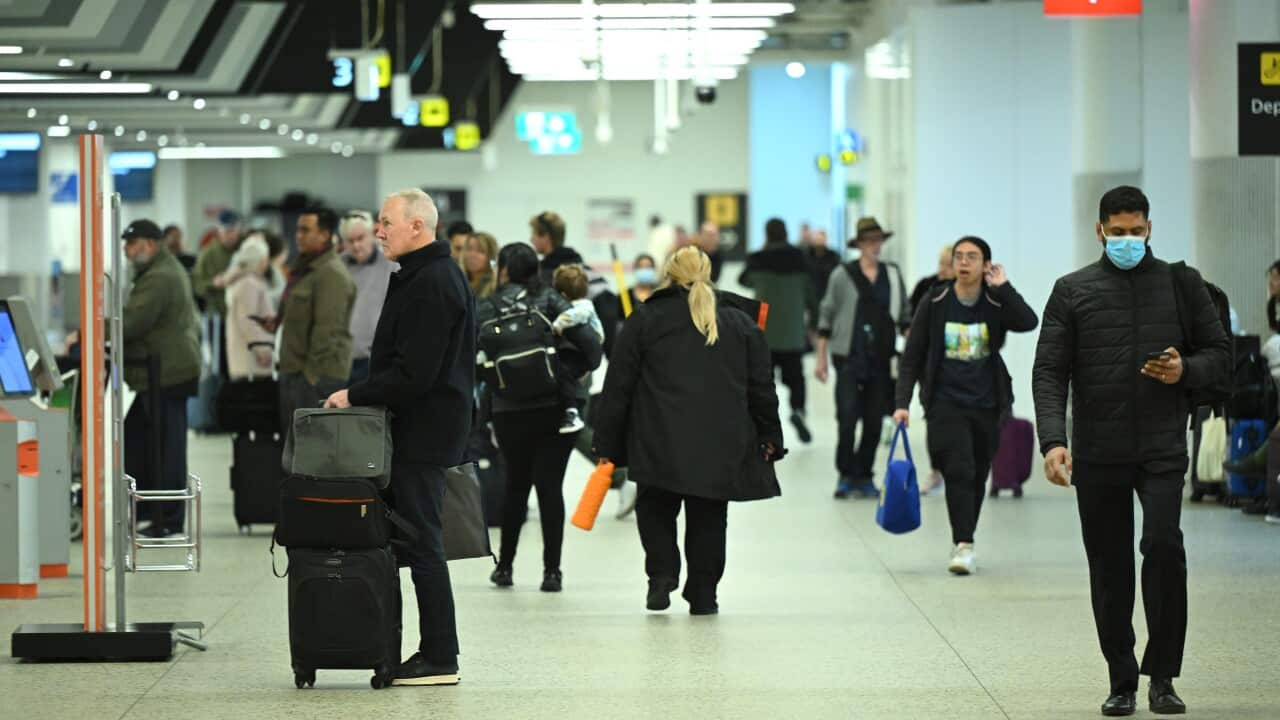Key Points
- Qantas has posted a dip in profits due to reduced fares and a focus on customer service.
- Aviation experts say post-COVID-19 air travel in Australia has entered a "new normal".
- New budget carrier Koala Airlines has a tough road ahead to compete against the giants.
Qantas has posted a dip in profits as airfares continue to go down. Experts say passengers are experiencing the "new normal" of air travel, though they shouldn't get too excited about the prospect of cheap flights.
fell 28 per cent to $1.25 billion after tax "as fares moderated with the return of market capacity", while its revenue was up 10.7 per cent to $21.9 billion.
Qantas CEO Vanessa Hudson said the airline had been focused on "getting the balance right" for its customers, employees and shareholders.
"Restoring trust and pride in Qantas as the national carrier is our priority, and while there's more work to do, we'll get there by delivering for our customers and people consistently into the future," she said in a statement.

Qantas Group CEO Vanessa Hudson says the airline has focused on improving its customer experience. Source: AAP / Dan Himbrechts
Some say Australia's only hope for cheaper flights is greater competition. Bonza and Rex airlines may be grounded but could new carrier Koala Airlines offer hope?
Could the opening of Western Sydney Airport lead to more competitive flights in and out of Sydney?
And is a high-speed train between the east coast capitals ever a possibility?
The 'new normal' of air travel in Australia
Independent aviation consultant Keith Tonkin says increased competition and capacity prevented airlines from posting the eye-watering profits they did in 2023, when Qantas reported a record profit of $2.47 billion and Virgin Australia posted its first profit in 11 years.
Passengers were also reaping the benefits of improved supply chains and a bolstered industry workforce, which had improved airline services since the pandemic.
"Profits are trending downwards, airfares are going down domestically and internationally, on-time performance is improving, cancellation rates are reducing, and the relatively recent experiences of disruptions and unreliability — and the costs associated with the restart out of COVID-19 — are being washed away," he said.
"We're into the new normal."

Experts say that Qantas and Virgin are essentially an Australian aviation duopoly, with our population not large enough to sustain a third major carrier. Source: Getty / James D Morgan
"This slight softening of fares is due to increased capacity with new aircraft for Qantas Link and Jetstar, which will always moderate fares. Airfares have gone slowly but not far," he said.
Angus Kidman, travel expert and editor-at-large at financial comparison site Finder, said while fares had dipped since their COVID-19 highs, they remained stubbornly unaffordable for many Australians.
"There's always going to be the odd good deal but I don't think we're going to see any massive reductions or discounted fares. They're going to sit where they are for the moment and remain similar for the foreseeable future," he said.
"And if you're in regional Australia and stuck flying one airline, then you haven't necessarily seen things very different."
Hope of a third airline?
The Sydney to Melbourne flight corridor is the world's fifth busiest route, flown by 9.3 million passengers in 2023, according to aviation data provider OAG.
The only routes to carry more people were Seoul to holiday spot Jeju in South Korea (13.7 million), Japan’s Sapporo to Tokyo (11.9 million), Japan's Fukuoka to Tokyo (11.3 million), and Vietnam’s Hanoi to Ho Chi Minh City (10.9 million).
But despite the highly lucrative number of passengers on this route, it's a different story if you zoom out to Australia as a whole, Kidman says.
"The size of Australia's population compared to our geography means it's never going to be sustainable to have multiple national airlines. The amount of fuel you have to consume to get between point A and point B is the ultimate constraint of flying super cheap in Australia," he said.
"There will always be a few smaller, regional operators but ."
These challenges — and a lack of passengers — sounded the death knell for Australia's newest airlines, .

Australia's newest airline Bonza entered voluntary administration in April, followed by Rex Airlines in July. Source: AAP / Mick Tsikas
"The loss of Bonza has had no real effect on capacity as their routes were non-mainline. The loss of Rex mainline capacity has also had little effect as their passenger numbers were low, which is why they went into administration."
The amount of fuel you have to consume to get between point A and point B is the ultimate constraint of flying super cheap in Australia.Angus Kidman, Finder
There is now hope a new budget carrier — Koala Airlines — can take on Qantas and Virgin in Australia's airspace, though it remains unclear when it will start flying and on which routes.
Tonkin said Koala has "a hard task in front of them", a sentiment echoed by Kidman.
"The only worse way to burn your money in Australia than trying to launch an airline is maybe running a winery," he said.
What difference will Western Sydney Airport make?
Tonkin says there may be some initial deals to be had when Western Sydney Airport opens in 2026 but ultimately, the airport will be looking to "recover the significant cost of construction".
"Airlines may want to be able to attract customers in the short term, so there may be some early opportunities, but as those operations bed down, I expect that they'll return to the mean in the market."

Western Sydney Airport is due to open in 2026. Source: AAP / Flavio Brancaleone
How will the proposed compensation scheme impact airfares?
This month, the , which committed to 56 initiatives to improve fairness and accessibility at a time of dwindling competition. One was the introduction of an aviation industry ombudsman, who will enforce cash compensation for cancelled or delayed flights.
But if this compensation scheme is introduced, airlines will simply use it as an excuse to hike airfares, Kidman says.
"That's going to be a convenient reason for them to put fares up. I think there'll be significant pressure from all airlines to say they don't want to have super strict rules like that in Australia, and I don't know if there'll be an appetite at the federal level to introduce them," he said.
Will we ever have high-speed trains in Australia?
The high number of passengers on the Sydney to Melbourne route seems to lay the case for a high-speed rail link, but the idea has been dismissed on multiple occasions due to high costs.
In the 1990s, a government-sponsored feasibility study costed a Brisbane-Melbourne high-speed rail link at $33-59 billion. A 2013 Rudd government study estimated the same line would cost $114 billion, with more recent studies suggesting $200 billion.
Kidman says a train is also extremely unlikely due to political reasons.
"It might be a good national initiative, but it has to be agreed on between different state governments of different persuasions. And because the investment time frame is longer than one turn of government, it never lands."

The high passenger volume on the Sydney-Melbourne route supports the case for a high-speed rail, but the idea has been repeatedly dismissed due to high costs. Source: Getty / fhm
Is it possible to get cheap flights in Australia?
The tried and tested tips for nabbing better value airfares still apply: be flexible, shop around, buy ahead of time, and fly mid-week and at off-peak times.
"You've got to be prepared to wait for the right opportunity," Tonkin said. "There have been some good deals due to added capacity and flights."
He said one of the biggest concerning factors for airfares at the moment was oil prices.











